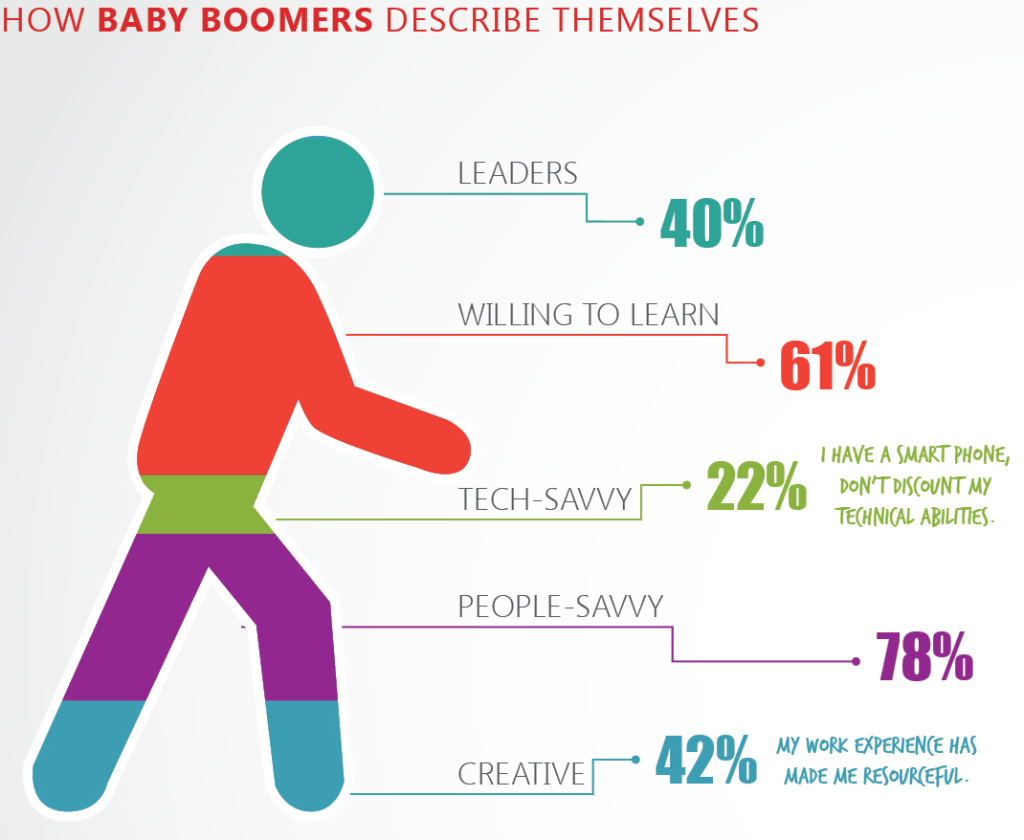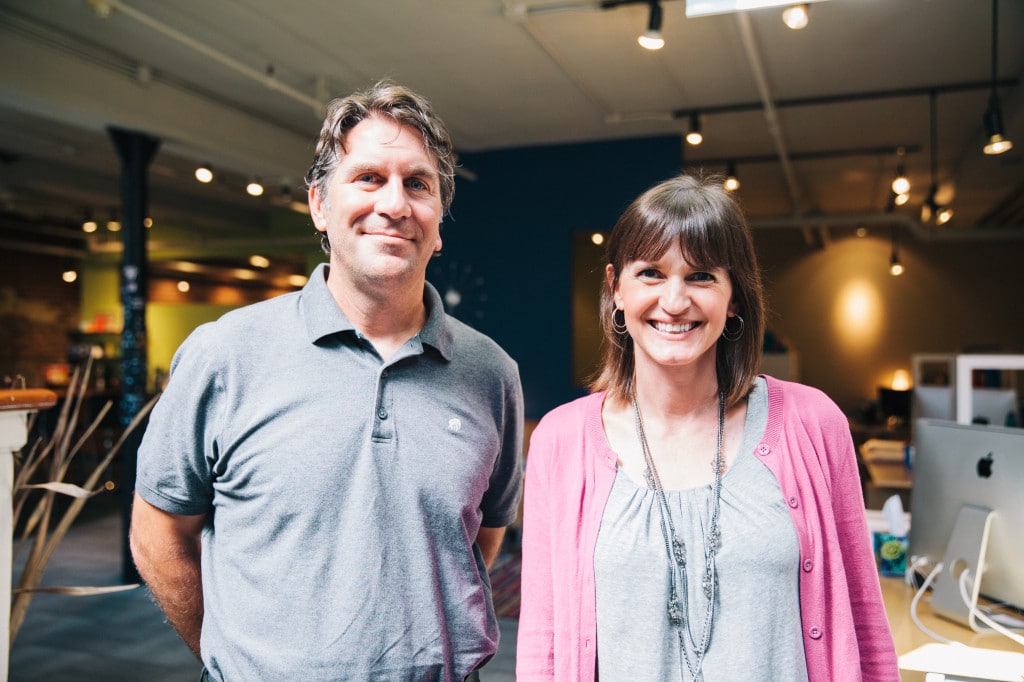
Keep Your Agency Small and Still Hit it Out of the Park
Your agency will tell you when it feels the need to grow. There are signs. But what do you do when you see those signs, and bigger doesn’t feel better? Here’s why the team at June Advertising chose to say, nope, we’re good, thanks, and keep their agency small but mighty.
Don’t Ignore Your Instincts.
“Do good by doing what you’re good at — and I think that’s fitting for us,” said Robert Mucciaccio, creative director of the five-person, 9-year-old creative agency. “We’re good at running a tight ship where we can touch all the sides. We’re at least somewhat involved in every project that goes on here. Once upon a time, we started to get a bit larger, and then there were clients that we weren’t getting to know as well. And it just didn’t feel right, didn’t feel like us. We just found that we were unhappy. And this is kind of who we want to be.”
He and co-founder Sarah Whipkey both have backgrounds in larger agencies. “And we wanted to branch out and become something different,” Mucciaccio said.
“And now smaller shops are popping up everywhere,” Whipkey commented. “They’re kind of cool,” she added with a laugh.
Build relationships with contractors to supplement a core staff.
“We’re five people right now,” Mucciaccio said, “but we stretch anywhere from five to 10 depending on the year, what kind of clients we have, what our bandwidth will be. If, for example, we’d land a big client that was a surprise, we’d start with a freelancer and ask them to come in and work with us as though they were full-time for the project. Contracted. And then what usually winds up happening is that business builds and they turn into employees here.”
In fact, two of June’s five employees started out that way.
“It’s great because it lets them see how we work, and it lets us see how they work,” Whipkey said. “It works better than, you know, an interview and then looking at a portfolio and yay, you’re hired! We’re such a small agency, we have to have a good fit personality-wise too. And you don’t really find that out until you’re working with someone day in and day out.”
Mucciaccio estimated that a freelancer or two is usually involved in every June project. “We have partners that we work with continuously for photography and videography,” he said. It’s a good workaround for the large-agency solution of a staff full of specialists for every occasion.
“You can’t get all that expertise in one person,” Mucciaccio said.
“And keep yourself small,” Whipkey added.
Determine what you’ll offer and what you’ll omit.
If it’s important to your agency to stay small, you’ve probably figured out that you can’t be everything to every client. For June, that means offering only creative services and only from a senior team.
Whipkey stated that everyone at June is the A team, and most of the staff has large-agency experience. So while they know they’re not able to offer specialists in PR, account planning, research, inhouse production, and so on, they focus on their creative service: design and messaging.
“Our ideal client is a savvy internal marketing person,” Mucciaccio explained. “The corporate communications folks we work with at ConAgra, for example, are pretty deep in strategy already. They’ve got a clear picture of where their marketing’s headed. We fit their need for a creative partner well. That’s where the whole lean and mean comes in.”
“A lot of times we say we want to be an extension of your team,” Whipkey added. “We’re not an inhouse design department, but we’re kind of the external version of that. We can come to meetings quickly, jump on the phone, things like that.”
Recognize the projects that aren’t for you.
“For the most part we don’t accept projects that we don’t feel we have the right skillset for,” Mucciaccio said. “And clients generally don’t turn to us for things that aren’t in our wheelhouse.” For June, that means things like no PR, no managed social media, and no dedicated strategist.
“Once the strategy is set, that’s where we come in to shine,” Whipkey clarified. “We can fulfill that.”
“We may have a strong opinion on who we think your audience should be, but that should not be confused as consulting on a strategy,” Mucciaccio said. “That stuff’s great, but that’s not what people turn to us for.”
“And not every client needs that,” Whipkey added. “Certain clients know their strategy. They just need someone to implement that strategy and think about it outside the box to get noticed.”
Embrace the flexibility of a small staff and challenge your employees.
“Do we wear many hats? Yes, in that we don’t call ourselves account managers, but we do manage our own accounts.” Whipkey’s statement emphasizes a core truth of small-agency life: Everyone pulls more than their own weight. A member of a team like this had better be interested in cross-discipline learning.
“We’re not afraid to put our creatives in front of the client,” Whipkey said as an example. “And I think everyone really appreciates that here. You’re better for it, to be able to speak to a client, to be able to compose an email without someone standing over your shoulder. We don’t micromanage. We all have to be held accountable for what we do each day.”
That’s not to say that employees don’t exercise their own skillsets. “Of course designers design,” Mucciaccio said, “but the expectation is that you’re not coming to Sarah for spellcheck. You put basic thought and consideration into what you’re doing.”
Basic thought and consideration also goes into a small staff’s shared workspace. “In a large agency, not everyone gets a voice. The interior designer comes in and says, this is your color palette and so on,” Whipkey explained. “Here, we got to pick. We threw color on the walls, our bathroom has stripes in it, we adjust the thermostat, we play the music we want. Little things like that you can’t do when you work with 50-plus people.”
Of course, a shared workspace means that everybody sits close to the fire, as Mucciaccio put it. “We’re all in this open room together. If someone’s on the phone, we’re all privy to the conversation. Which is a good thing. It helps everyone to keep their finger on the pulse of what’s happening with a client, how they feel, the nuance of the conversation…”
“When someone goes, ‘Oh, you want that tomorrow?’, everyone’s ears perk up, and they’re like, ‘What did we just promise?’” Whipkey said with a laugh.
That hive mind, if you will, means that group status meetings are generally a smoothly run thing. “We ask once a week where we’re at with everything, but everyone’s so well-versed in where we’re at that nothing’s a surprise,” Mucciaccio said. “No one’s been sitting in another part of the building and is just learning about it for the first time. And we do that with RFPs too. Everyone gets a voice. Do we want to pursue this, does it fit our skillset, is it going to take a lot of time and result in something that’s not good for June?”
Robert Mucciaccio and Sarah Whipkey of June Advertising
“We’re in control of what’s happening here,” Mucciaccio added. For other agencies contemplating a pivotal moment in growth, he left a couple suggestions on the table. “Just remember that with big things come bigger expectations and less control. Ask yourself if that’s the path you want to be on. Small, for us at least, keeps things uncomplicated.”
















